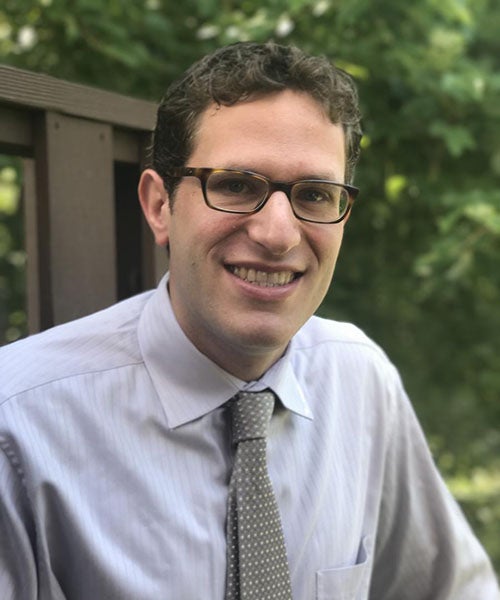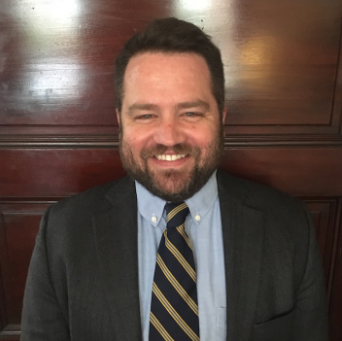Resources
At Georgetown
Writing 015: Writing & Culture Seminar Models
Phil Sandick partnered with the Cawley Career Education Center at Georgetown.
“I knew I’d have a team to work alongside. I knew I could not do this by myself—but I had supportive partners: not only from an outside organization, but within the writing team and undergrad students on the planning team—who all were familiar with the trials/rewards involved in experimental course design.”
Nate Brown partnered with the Center for Research and Fellowships at Georgetown.
“Instead of having students write papers toward a theoretical audience, a Writing for Others model asked them to create work for a very particular audience, one with real needs and questions. This meant that, in the W4O classroom, students were aware that the choices they made in their compositions would have real-world effects, that I (the instructor) wasn’t the only audience for the work. We often talk about the difference between theory and practice in academia, but a W4O model actually allows us to experience those differences, in real time, with a real audience, and with stakes that aren’t just related to an individual grade.”
Questions and Guidance from Georgetown Faculty
Other Models
- Beautiful Social Research Collaborative – St. Joseph’s University
- Ut Prosim Beyond Boundaries: Global Outreach During the Pandemic – Virginia Tech
- Pearce Center for Professional Communication, Client-Based Program – Clemson University
- “Creativity & Innovation in the Writing Classroom,” faculty workshop series from the Boston University Writing Program
- Client-based writing about science: Immersing students in real writing contexts
- Know Thy Audience: Helping Students Engage a Threshold Concept Using Audience-Based Pedagogy
- Student and Faculty Perspectives on Motivation to Collaborate in a Service-Learning Course.
Design Processes and Activities
- The Sprint Book: How to Solve Big Problems and Test New Ideas in Just 5 Days, by Jake Knapp – includes tools & checklists
- Design thinking bootleg from Stanford University
- Agile Faculty: Practical Strategies for Managing Research, Service, and Teaching by Rebecca Pope-Ruark
Scholarship
- Ceraso, Steph, Pavesich, Matthew and Boggs, Jeremy. “Learning as Coordination: Postpedagogy and Design.” Enculturation (2022).
- Wible, Scott. “Using Design Thinking to Teach Creative Problem Solving in Writing Courses.” College Composition and Communication 71 no. 3 (2020): 399-425.
- Purdy, James P. “What Can Design Thinking Offer Writing Studies?” College Composition and Communication 65, no. 4 (2014): 612–41. http://www.jstor.org/stable/43490875.
- Leverenz, Carrie S. “Design Thinking and the Wicked Problem of Teaching Writing.” Computers and Composition 33 (2014): 1–12. https://doi.org/10.1016/j.compcom.2014.07.001.
- Pope-Ruark, Rebecca, Paige Ransbury, Mia Brady, and Rachel Fishman. “Student and Faculty Perspectives on Motivation to Collaborate in a Service-Learning Course.” Business and Professional Communication Quarterly 77, no. 2 (2014): 129–49. https://doi.org/10.1177/2329490614530463.
- Pope-Ruark, Rebecca. “Know Thy Audience: Helping Students Engage a Threshold Concept Using Audience-Based Pedagogy,” International Journal for the Scholarship of Teaching and Learning 5, no. 1 (2011).
- Marback, Richard. “Embracing Wicked Problems: The Turn to Design in Composition Studies.” College Composition and Communication 61, no. 2 (December 2009).


